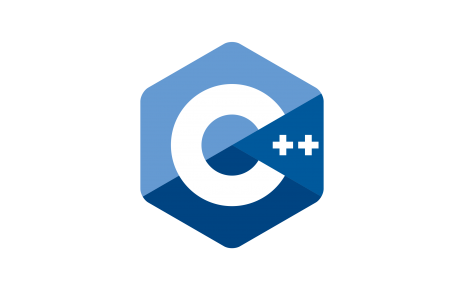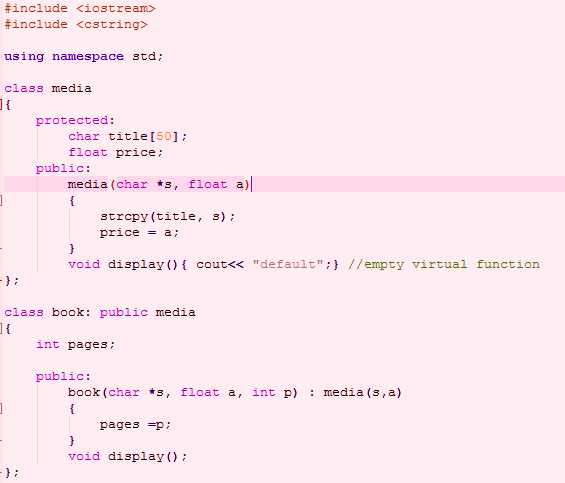This is the solution for 2010 fall 4(b), 2007 Spring 4(b), 2010 Spring 3(b OR) PU BCA
#include<iostream>
using namespace std;
class vector
{
float x;//real part
float y;//imaginary part
public:
vector(){}//constuuctor 1
vector(float i,float j)
{
x=i;
y=j;
}
vector operator+(vector);
vector operator-(vector);
void display(void);
void display2(void);
};
vector vector::operator+(vector c)
{
vector temp;
temp.x=x+c.x;
temp.y=y+c.y;
return(temp);
}
void vector::display(void)
{ cout<<x<<“+j”<<y<<“\n”; }
vector vector::operator-(vector c)
{
vector temp;
temp.x=x-c.x;
temp.y=y-c.y;
return(temp);
}
void vector::display2(void)
{
cout<<x<<“-j”<<y<<“\n”;
}
int main()
{
vector v1,v2,v3;
v1=vector(2.5,3.5);
v2=vector(1.6,2.7);
v3=v1+v2;
cout<<“v1= “;
v1.display();
cout<<“v2= “;
v2.display();
cout<<“v2= “;
v3.display();
cout<<“\n\n”;
v3=v1-v2;
cout<<“v1= “;
v1.display2();
cout<<“v2= “;
v2.display2();
cout<<“v3= “;
v3.display2();
return 0;
}



